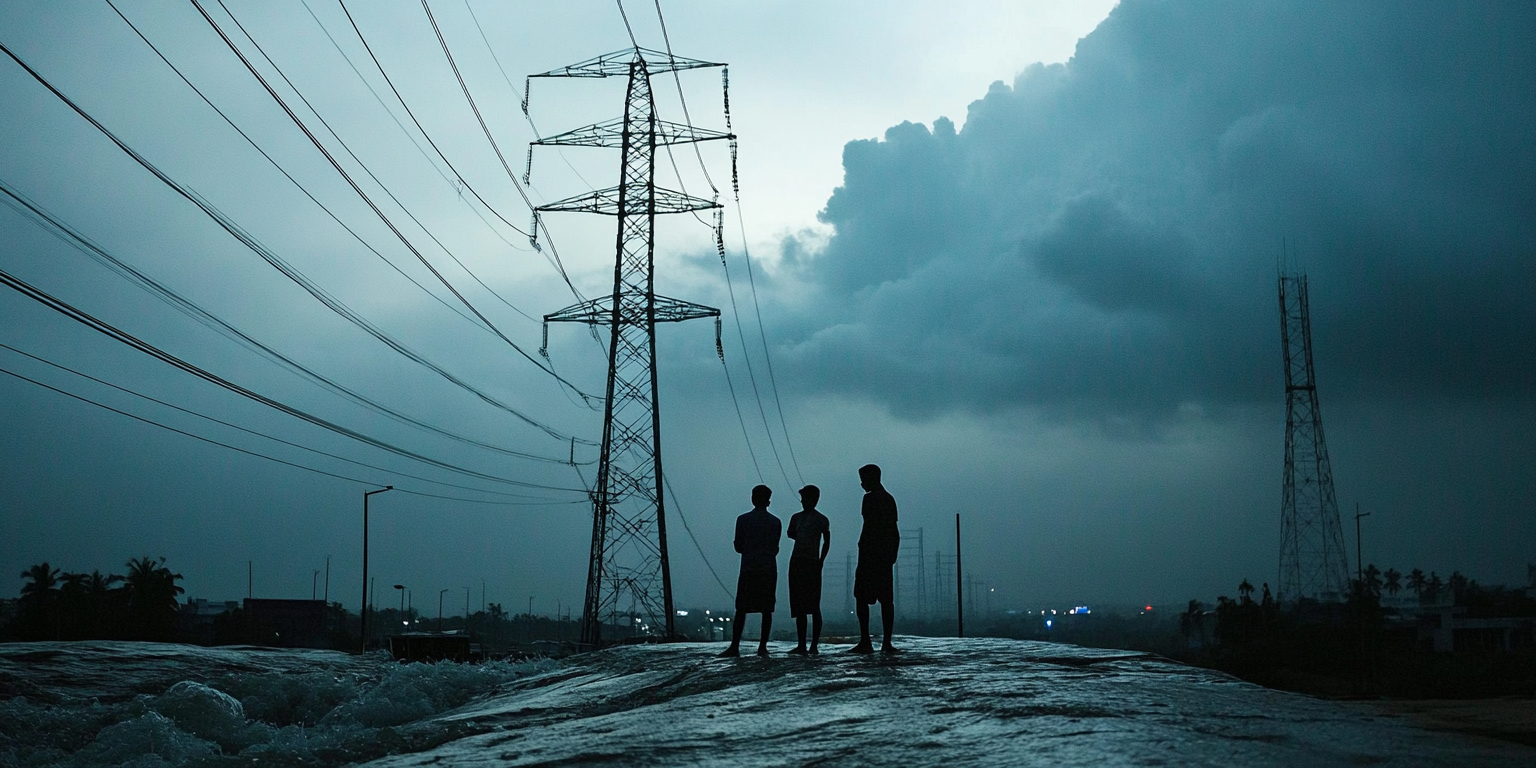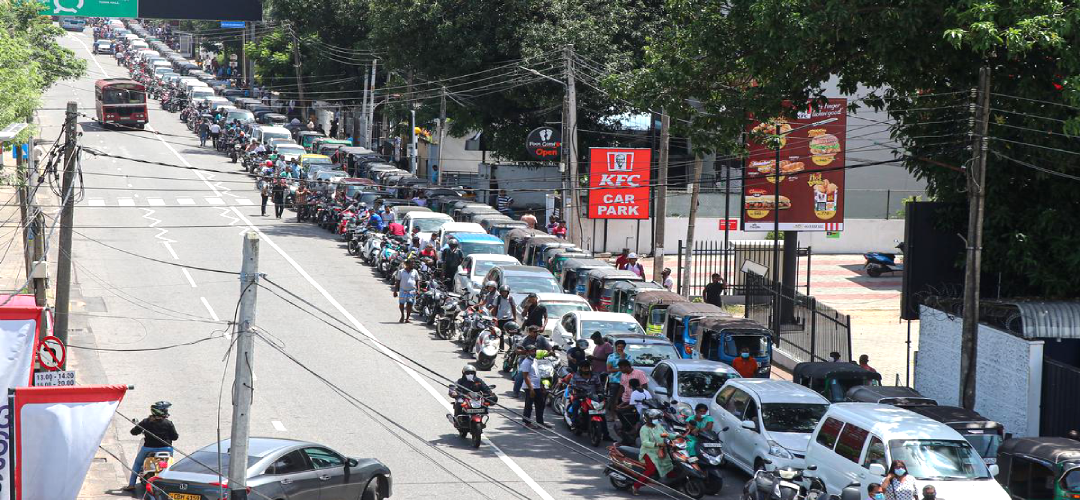Strengthening energy security may be the solution to Sri Lanka’s economic problems.
In a region devoid of much natural energy resources, the need for energy security remains a primary goal towards economic sustainability in South Asia. While all nations, including Big Brother India, are equally impacted, the case of Sri Lanka merits closer attention; it has important lessons for all.
Like Pakistan, Sri Lanka faces double jeopardy due to high debt and energy insecurity. While Pakistan can always play the Islamic Card to coax out some free/ cheap energy from its oil-rich brethren in the Middle East when pushed into a corner, others do not enjoy the same luxury. Therefore, developing natural gas, renewables, and cross-border energy trade are ways Sri Lanka and other countries in the region need to get out of the energy trap.
Background
Sri Lanka’s brush with near economic collapse is well known as also the route to this disaster. Suffice it to say, an economy supporting shocking subsidies based on electoral promises and entirely reliant on tourism and repatriations was standing on feeble legs. The two-year-long pandemic, which confined tourists to their homes and reduced repatriations to a trickle, was enough to bring Sri Lanka to its knees. In the afterglow of successfully liquidating the LTTE in a 26-year-long civil war that ended in 2009, successive governments lived on the military glory to win elections rather than focusing on a post-war economic renaissance through accelerated exports and core economic reforms; the mountain of international debt just piled up!
The most shocking image of the economic collapse was long lines of vehicles waiting patiently outside petrol bunks for a few litres of strictly rationed fuel; the nation had run out of dollars to import petroleum products. Since most electricity is produced from fossil fuel-powered generating stations, power cuts of up to 13 hours a day paralysed all surviving industries.
With the disgraceful exit of President Gotabaya Rajapaksa, the task of rehabilitating a country in ruins fell on the shoulder of Ranil Wickremesinghe. However, the financial woes persist.
The economy’s downward trend has been reversed by the help of a $2.9 billion IMF assistance package and reform measures. China and India, its major creditors, have restructured the loans, giving Sri Lanka more time to repay them. Yet, energy security remains a critical concern.

Analysis
Energy is a key factor in the country’s economic problems. Over the past two decades, increased demand and limited hydropower potential have pushed the country to search for alternative energy sources as it struggles to afford imported energy. Climate change has affected its hydropower potential, pushing it to aspire towards renewables. Hydropower is widely used and accounts for about 10-20 per cent of energy consumption.
The energy crisis results from trade deficits, with a significant portion of foreign exchange spent on oil and coal imports. Sri Lanka relies on imports for most of its energy – mainly oil and coal, which comprise 80 per cent of its energy consumption. With low domestic production, fossil fuels form an economic burden.
Natural gas reserves offer a way to reduce dependence on imported energy. Recently discovered offshore gas fields are a potential source of energy. Building domestic natural gas capacities could help strengthen energy security and reduce carbon emissions compared to oil and coal. The government plans to issue exploration licenses for 900 offshore blocks in the Mannar Basin. However, until the natural gas reserves are developed, imported liquified natural gas (LNG) may tide the country through. This is evidenced in a recent deal with India’s state-run Petronet, which is set to supply Sri Lanka with LNG for five years, starting in 2025.
Sri Lanka has good conditions for solar and wind energy. India has been an important contributor to Sri Lanka’s energy mix. Last year, the Adani group secured a contract for wind and solar power projects with an approximate investment of $500 million. India’s National Thermal Power Corporation (NTPC) also finalised an agreement with the Ceylon Electricity Board to set up a solar power plant in Trincomalee.
One of the challenges with renewable energy is that large-scale solar and wind power projects require government subsidies and more investment. Sri Lanka’s parliament recently passed a law that will help attract investment in renewables and make the state-run Ceylon Electricity Board more profitable, one of the reforms it agreed to under the IMF assistance program.
While the need to increase the use of renewables can’t be disputed, Sri Lanka will have to be wary of risky dependence on foreign powers. Further, the aim of providing low-cost energy to the public has consistently overridden the goal to transition to renewables and reduce climate emissions.
An article in Taylor and Francis (July 8, 2022) points out that Sri Lanka has become an arena for geopolitical rivalry between Japan, China, and India, three major regional powers. Energy supply and transition have been key ways for these powers to gain and exercise influence through investment, policymaking and regional cooperation initiatives. Yet, cross-border energy trade can benefit Sri Lanka, which faces energy shortfalls such as when drought impacts its hydropower.
The existing intraregional energy trade among the SASEC countries is limited to electricity trade between India-Bhutan and India-Nepal. Establishing ongoing and proposed new power transfer links between Bangladesh and India, India and Sri Lanka, and India and Pakistan could further strengthen the regional power trade if mutual suspicion and jealousy are overcome.
India’s energy outreach to neighbours like Sri Lanka, Nepal and Bhutan also balances China’s growing influence in the region. In addition to supplying power to Bangladesh and Nepal, India has advocated a global electricity grid that could link countries in the sub-continent like Myanmar, Thailand, Cambodia, and Vietnam. Its energy diplomacy ranges from electricity trade to supplying petroleum products and establishing LNG terminals.
Assessment
- Renewable energy sources are abundant across South Asia, with hydropower, biomass, and solar and wind energy providing vast untapped potential. Governments in the region must provide strong policy support for renewables, aiming to foster socio-economic development, achieve climate goals and expand access to modern, reliable and affordable energy.
- Energy affords the best route for a collaborative approach to economic problems in South Asia. Countries like Bhutan and Nepal have tremendous potential for hydroelectricity, and a pan-South Asia transmission line network could meet all requirements. It would also significantly improve the economic lot of both producing and consuming nations.
- Enhanced interconnection of hydropower generation in Bhutan and Nepal with India would also bring reliability benefits to power systems for India and other interconnected countries.




